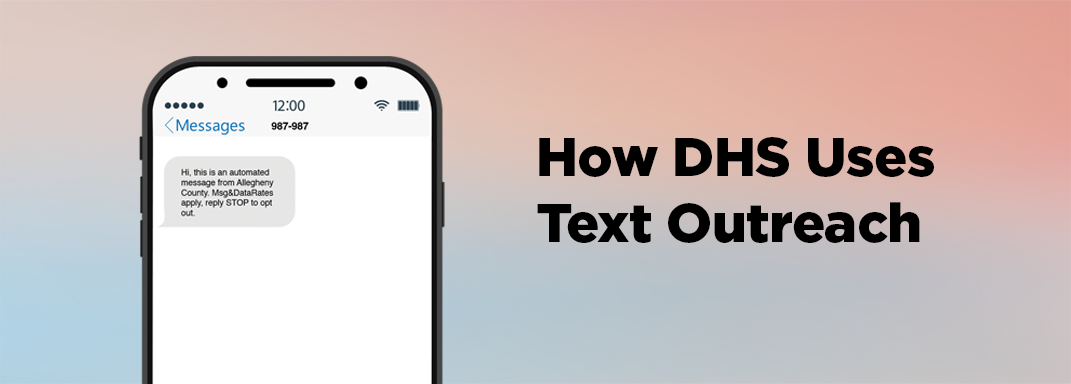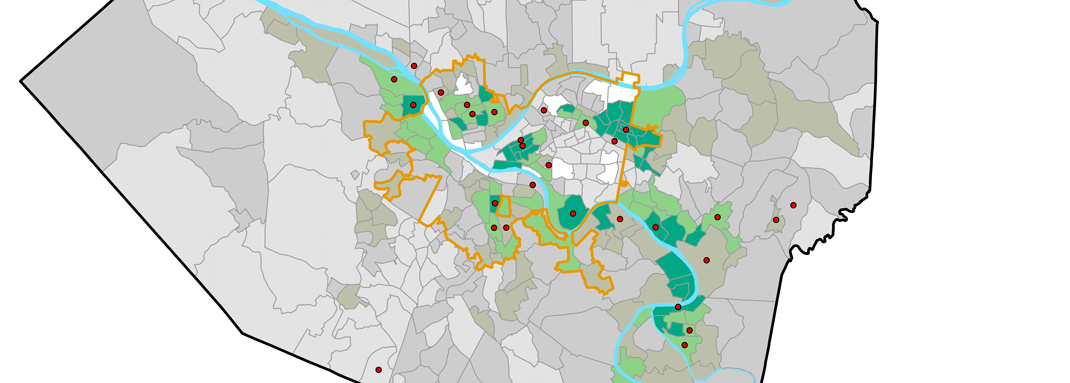Allegheny County’s Department of Human Service is responsible for providing and/or overseeing publicly funded mental health and substance use services. The majority of behavioral health funding for Allegheny County flows through the HealthChoices Program (Medicaid dollars), though the County provides additional base funding to cover treatment services for un- and under-insured individuals and for services not covered by Medicaid (e.g., supportive housing). Funded services aim to effectively address both immediate and long-term behavioral health needs for children, youth, adults and families facing challenges related to mental health and/or substance use diagnoses. DHS invites you to review this page and its related content to learn about utilization of behavioral health services in Allegheny County.
Dashboard Content
The Publicly Funded Behavioral Health Services Dashboard presents data on client demographics, diagnoses, types of services, providers and costs associated with behavioral health service use. This dashboard has four tabs:
-
- Homepage describes the organizational structure of behavioral health services, identifies the goals of such services, defines the scope of the dashboard contents and reveals the value in understanding behavioral health service use.
- About this Dashboard builds upon the information introduced on the homepage—offering increased details on data sources, funding streams, types of services and organizational relationships that shape Allegheny County’s behavioral health system.
- Client Summary is an interactive tab where users can explore service engagement over time by analyzing demographics, service categories and diagnoses with options to filter data by funders, providers and levels of service.
- Cost Summary is an interactive tab that displays trends in costs for fee for service behavioral health service claims. Users can filter data by type of claim, payor, timeframe, providers and levels of service; users can adjust views to display data by service categories, diagnoses, units and/or costs.
The dashboard updates daily and covers data from January 1, 2018 to the present, with a three-month reporting lag.
How the County Uses this Information
The county uses this dashboard to:
-
- Monitor trends in behavioral health service use.
- Identify disparities in service engagement across populations.
- Make data-informed decisions that guide planning, funding and improvement efforts that best meet public needs.
- Promote transparency and build shared understanding around use and costs of behavioral health services
Trouble viewing the dashboard below? You can view it directly here.
Questions or Feedback?
We welcome your questions and suggestions. To share feedback, you can reach us at DHSResearch@alleghenycounty.us. If you’d like to stay informed, consider signing up for our newsletter. To learn how to use DHS data in your research, please visit our Requesting Data page. Thank you for your time and interest. Your engagement helps shape and improve how we share data that matters.













